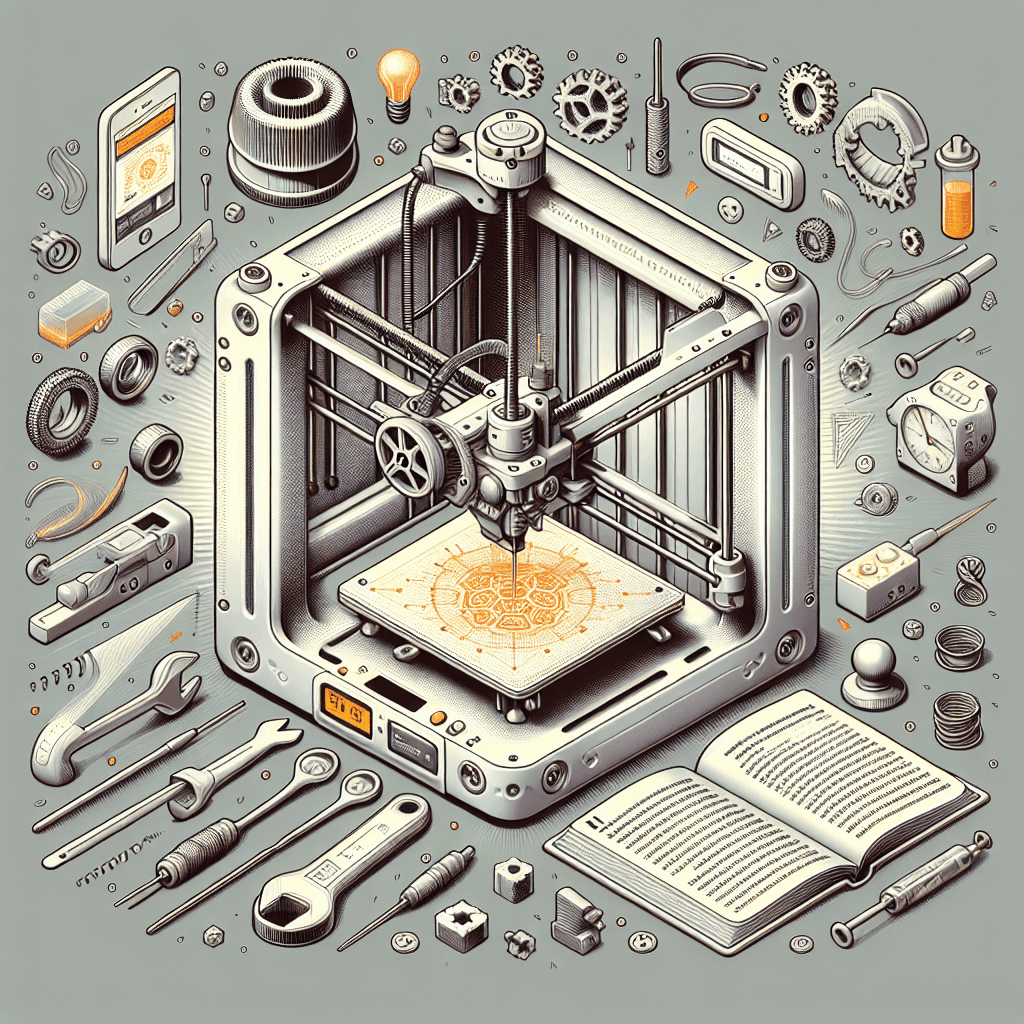3D printing has become increasingly popular in recent years, with more and more people using this technology to create everything from prototypes to functional parts. One of the key factors in achieving high-quality prints is the proper adjustment of the flow rate of the filament in the 3D printer. In this article, we will discuss some tips and tricks to help you master the art of flow rate adjustment and achieve the best results with your 3D printer.
What is Flow Rate Adjustment?
The flow rate of the filament in a 3D printer refers to the speed at which the filament is extruded from the nozzle. This is an important parameter to control, as it affects the quality of the print. If the flow rate is too high, the print may be over-extruded, leading to blobs or stringing. If the flow rate is too low, the print may be under-extruded, resulting in gaps or weak layers.
Flow rate adjustment is typically done in the slicer software that generates the G-code for the 3D printer. By adjusting the flow rate, you can fine-tune the amount of filament that is extruded and improve the overall quality of your prints.
Tips for Flow Rate Adjustment
1. Calibrate Your Extruder: Before adjusting the flow rate, it is important to calibrate your extruder to ensure that it is properly feeding filament into the printer. This will help you achieve more accurate flow rate adjustments.
2. Start with Default Settings: When adjusting the flow rate, it is a good idea to start with the default settings in your slicer software. This will give you a baseline to work from and make it easier to fine-tune the flow rate.
3. Print a Calibration Cube: A calibration cube is a small, simple object that can help you dial in the flow rate of your printer. By printing a calibration cube and measuring its dimensions, you can see how changes in the flow rate affect the print quality.
4. Make Small Adjustments: When adjusting the flow rate, it is best to make small changes at a time. This will help you avoid making drastic changes that could negatively impact the print quality.
5. Test Different Filaments: Different filaments may require different flow rates to achieve optimal results. If you are experiencing issues with your prints, try testing different types of filament to see if that improves the quality.
6. Monitor Print Quality: As you adjust the flow rate, be sure to monitor the quality of your prints. Look for signs of over-extrusion or under-extrusion, such as blobs, stringing, or weak layers. Adjust the flow rate accordingly to improve the print quality.
7. Keep a Log: It can be helpful to keep a log of the flow rate adjustments you make and the resulting print quality. This will allow you to track your progress and make more informed decisions in the future.
FAQs
Q: How do I know if my flow rate is too high?
A: Signs of a flow rate that is too high include over-extrusion, blobs, and stringing. If you are experiencing these issues, try reducing the flow rate in small increments until the print quality improves.
Q: How do I know if my flow rate is too low?
A: Signs of a flow rate that is too low include under-extrusion, gaps in the print, and weak layers. If you are experiencing these issues, try increasing the flow rate in small increments until the print quality improves.
Q: Can I adjust the flow rate during a print?
A: Some 3D printers allow you to adjust the flow rate on the fly, while others require you to stop the print and make the adjustment manually. Check your printer’s specifications to see if it has this feature.
Q: How often should I calibrate my flow rate?
A: It is a good idea to calibrate your flow rate whenever you switch filaments or experience changes in print quality. Regular calibration will help you achieve consistent results with your 3D printer.
In conclusion, mastering the art of 3D printer flow rate adjustment is essential for achieving high-quality prints. By following the tips and tricks outlined in this article, you can fine-tune the flow rate of your 3D printer and improve the overall quality of your prints. Remember to make small adjustments, test different filaments, and keep a log of your progress to achieve the best results with your 3D printer.
